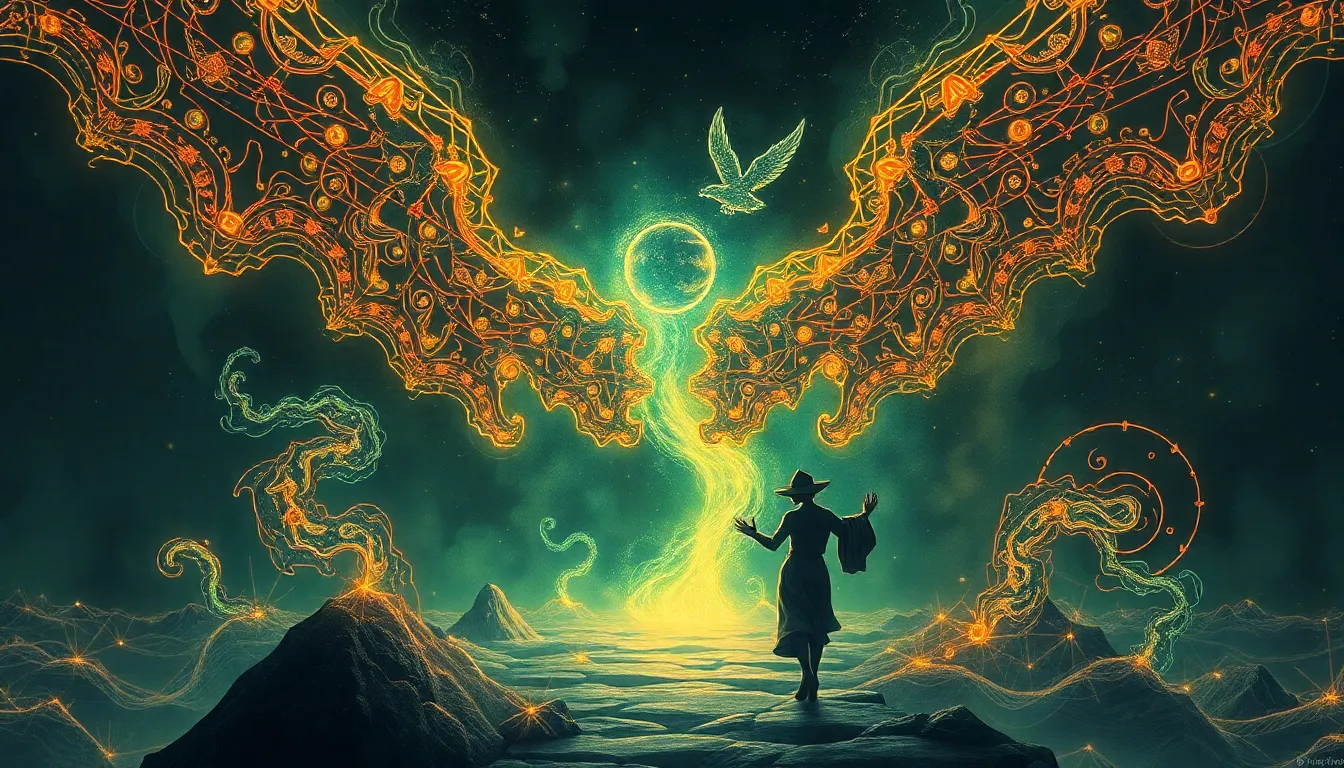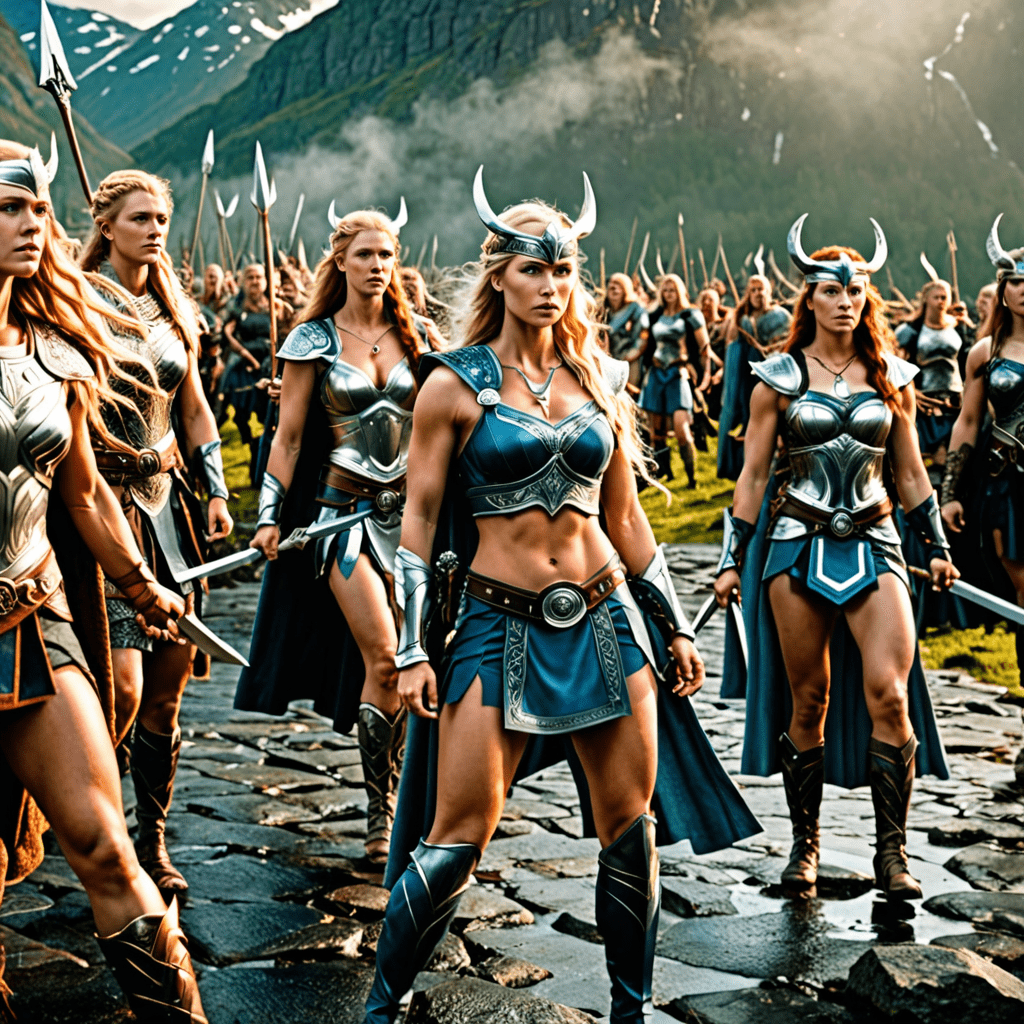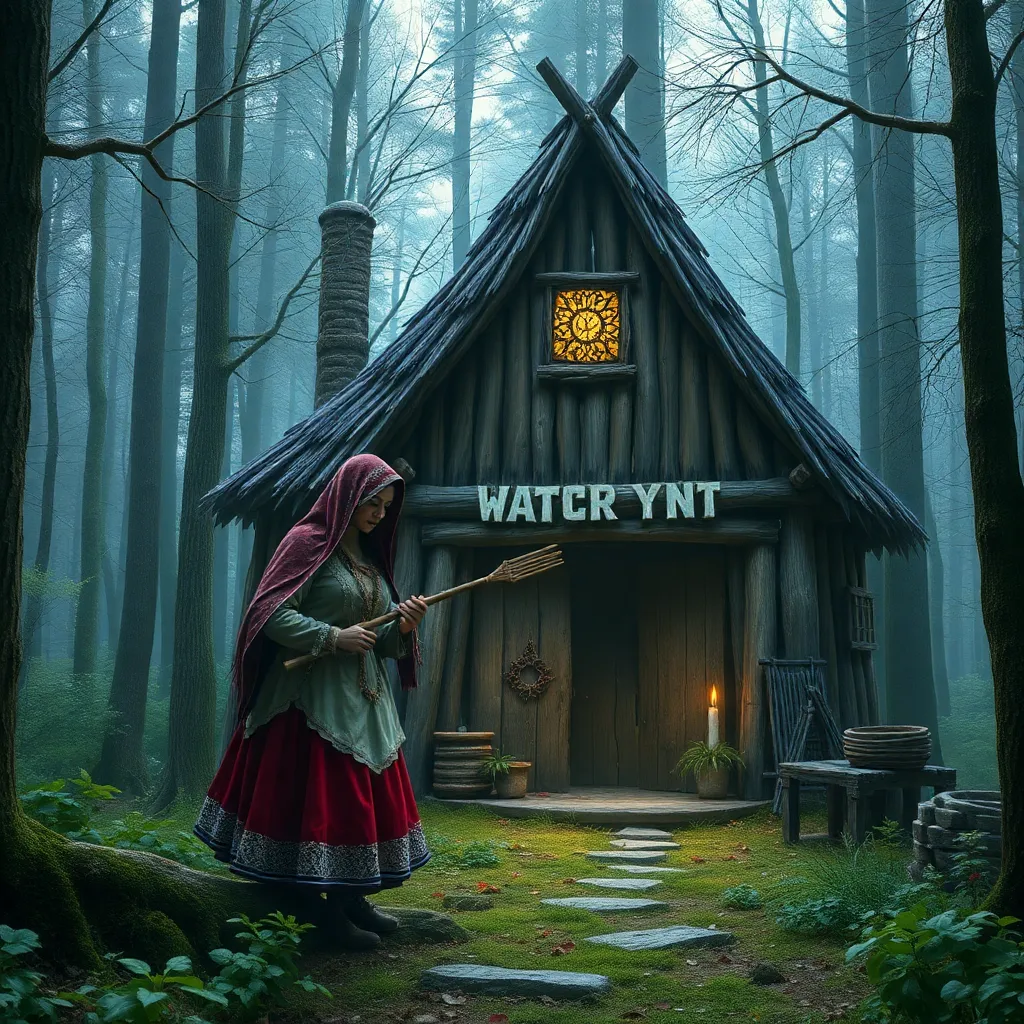The Myth of the Wise Fool: Morality in Unexpected Places
I. Introduction
The “Wise Fool” is an archetype that has intrigued audiences for centuries, representing a paradox of wisdom cloaked in apparent foolishness. These characters often challenge societal norms, offering insights that elude more conventional figures of authority. This article aims to explore the wise fool’s role in folklore, literature, and modern media, highlighting how these seemingly foolish characters impart profound moral lessons.
The purpose of this exploration is twofold: to understand the historical context and evolution of the wise fool archetype and to examine its significance in conveying moral messages. The importance of morality in unconventional characters like the wise fool lies in their ability to reshape perceptions of wisdom and folly, encouraging reflection on complex moral dilemmas.
II. Historical Context of the Wise Fool
The origins of the Wise Fool can be traced back to ancient folklore and literature, where they often served as a counterbalance to the wisdom of kings and sages. These characters appear across various cultures, demonstrating a universal appeal and relevance.
- European Folklore: Figures like the court jester often embodied the Wise Fool, using humor to comment on societal issues.
- Asian Traditions: In Chinese folklore, characters like the “Zhi Zhi” exemplify the clever fool who outsmarts the wise.
- African Stories: West African trickster tales often feature characters like Anansi, who, despite their folly, impart valuable life lessons.
Over the centuries, the Wise Fool archetype has evolved, adapting to the cultural contexts of different eras while maintaining its core characteristics of humor, wisdom, and moral insight.
III. Characteristics of the Wise Fool
Wise Fools typically exhibit a unique blend of traits that set them apart from conventional wise figures. These characteristics can include:
- Innocence: They often appear naive or simple-minded, which allows them to speak truths others cannot.
- Wit and Humor: Their cleverness often manifests in humor, which serves as a vehicle for deeper truths.
- Unconventional Thinking: They challenge societal norms and expectations through their actions and words.
The dichotomy of wisdom and foolishness is a central theme in the portrayal of these characters. Their foolishness often masks profound insights, prompting audiences to rethink their definitions of intelligence and morality. Humor plays a crucial role in this dynamic, as it allows for serious moral lessons to be conveyed in a palatable manner.
IV. Morality in Folklore: Lessons from the Wise Fool
Traditional tales featuring Wise Fools often revolve around their actions and the moral lessons that emerge from their experiences. Analyzing these stories reveals a wealth of insights:
- Acknowledgment of Human Flaws: Wise Fools highlight the imperfections of human nature, reminding us that folly is part of the human experience.
- Empathy and Understanding: Their journey often encourages compassion and understanding toward those deemed ‘foolish’ or ‘different.’
- Truth and Justice: Many tales depict Wise Fools as agents of justice, using their cunning to right wrongs.
These moral lessons resonate through time, impacting societal values and encouraging reflection on what it means to be wise in a complicated world.
V. The Wise Fool in Literature and Theatre
In literature and theatre, the Wise Fool plays a prominent role in challenging social norms and exposing the hypocrisy of society. Notable examples include:
- Shakespeare’s Feste: In “Twelfth Night,” Feste uses his role as a fool to reveal the folly of others, demonstrating that wisdom often lies in self-awareness.
- Cervantes’ Sancho Panza: In “Don Quixote,” Sancho’s simple demeanor contrasts with his profound insights, highlighting the wisdom found in humility.
These characters often embody themes of truth and deception, serving as mirrors to the society around them while revealing deeper truths about human nature.
VI. The Wise Fool in Modern Media
The archetype of the Wise Fool continues to thrive in contemporary cinema and television. Notable examples include:
- Forrest Gump: The titular character navigates life’s complexities with childlike innocence, ultimately imparting wisdom that transcends his apparent simplicity.
- The Joker: In various adaptations, the Joker’s chaotic nature challenges societal norms and exposes the absurdities of the world.
These modern portrayals reflect the moral complexities of the Wise Fool, engaging audiences and prompting them to consider the deeper implications of their actions and beliefs.
VII. The Psychological Perspective: Why We Love the Wise Fool
The appeal of the Wise Fool can be understood through a psychological lens. These characters resonate with audiences for several reasons:
- Relatability: The Wise Fool embodies our vulnerabilities and imperfections, making them relatable figures.
- Catharsis: Their folly allows us to confront complex moral dilemmas in a safe space, facilitating reflection and understanding.
- Challenge to Authority: They often subvert traditional power structures, providing a voice for the marginalized.
Ultimately, the Wise Fool serves as a reminder of the complexities of human nature and the importance of embracing both wisdom and folly in our lives.
VIII. Case Studies: Real-Life Wise Fools
Throughout history, several individuals have embodied the Wise Fool archetype, challenging societal norms and imparting valuable lessons:
- Socrates: His method of questioning revealed the ignorance of supposed wise men, highlighting the value of self-awareness.
- Modern Activists: Figures like Greta Thunberg challenge prevailing attitudes toward climate change, often perceived as ‘foolish’ for their radical ideas.
These examples illustrate the enduring relevance of the Wise Fool, emphasizing the importance of questioning societal norms and advocating for change.
IX. The Role of Humor in Moral Commentary
Humor serves as a powerful vehicle for moral insight, allowing for the exploration of serious issues in a relatable manner. Key points include:
- Accessibility: Humor makes complex moral dilemmas more approachable, inviting audiences to engage with challenging topics.
- Balance: The interplay between folly and wisdom in comedic narratives offers a nuanced perspective on human behavior.
- Provocation: Humor has the potential to provoke reflection, encouraging audiences to reconsider their beliefs and values.
In conclusion, the Wise Fool archetype persists across cultures and time periods, serving as a crucial reminder of the moral complexities inherent in the human experience. Through humor, wit, and unconventional wisdom, these characters continue to enlighten and entertain, prompting us to reflect on our values and the world around us.




